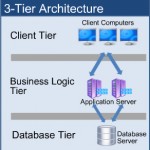Author's details
Name: Antigoni Kritioti
Date registered: February 23, 2015
Latest posts
- Scenarios- Review a Seat — April 29, 2015
- API Integration-Facebook — April 29, 2015
- Welcome to Be Seated — April 29, 2015
- Architecture Design — April 28, 2015
- Requirements – Non-Functional — April 28, 2015



